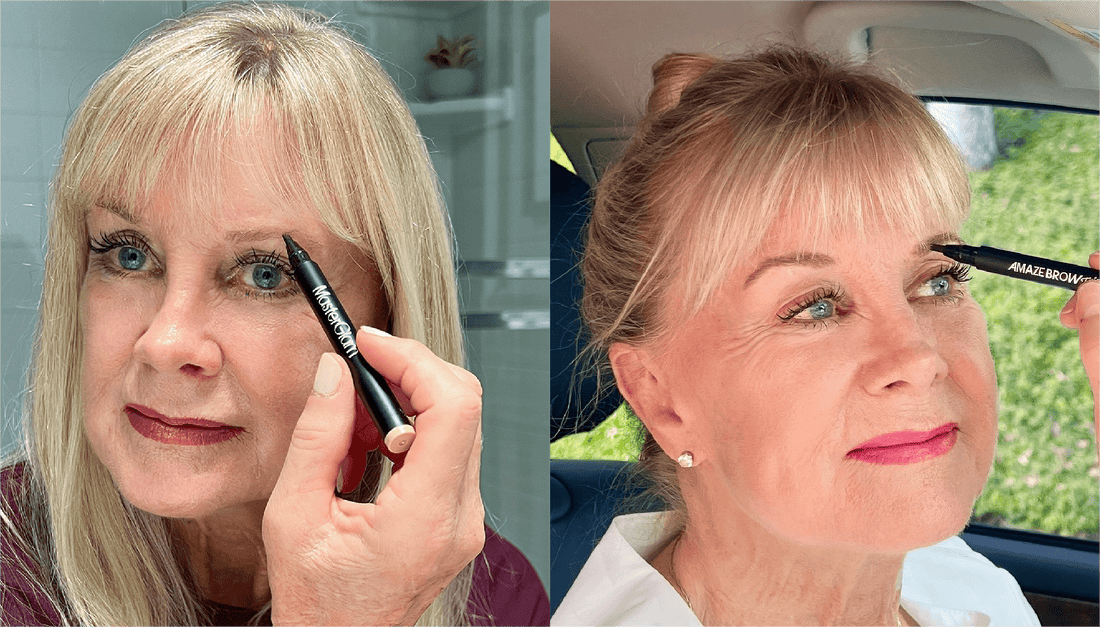What is patch testing?
Patch testing is an easy way to determine if you are allergic to a particular ingredient and can be especially useful if you are sensitive to certain fragrances or have rosacea, eczema, psoriasis, or other chronic skin conditions. We've created a step-by-step guide to help walk you through the process of patch testing our products to minimize the risk of adverse reactions.
How to know if patch testing is right for you
Even if you've used similar products before, it's a good practice to patch test whenever introducing a new formula to your skincare routine.
How to Patch Test:
- Cleanse: Start with a clean and dry patch of skin on your inner forearm, behind the ear, or on the side of your neck. Avoid areas with existing irritation, cuts, sunburn, or broken skin.
- Apply a Small Amount: Apply a small amount of the product you want to test to the chosen patch test area. Gently rub it in and let it dry.
- Wait: Leave the patch test area undisturbed for 24-72 hours. Avoid washing the area or applying other products on it during this time. Make notes as needed.
- Observe: Watch for any signs of redness, itching, burning, or swelling in the patch test area. If you experience any discomfort, make a note of it and remove the product using water and a gentle cleanser.
Interpret the Results
-
No Reaction: If there is no redness, itching, or irritation after the test period, it's likely safe for you to use the product.
-
Mild Reaction: Some slight redness or irritation might occur, especially if you have sensitive skin. If the reaction is mild and goes away quickly, you can try using the product in a smaller amount or less frequently.
-
Severe Reaction: If you experience significant redness, itching, burning, or blistering of the site, discontinue use of the product and wash the area thoroughly.
Additional Tips
-
If you plan on introducing multiple new products into your routine, start by patch testing each product separately. If you have a reaction, you want to be able to pinpoint the source on the first try.
-
Keep a journal entry of the products you've tested and their outcomes to better understand how your skin's sensitivities evolve over time.
Remember, patch testing is a helpful precautionary measure. It's a small step to take to ensure that you the full benefits of the products you use..
If you have any further questions or concerns, feel free to contact our Customer Care team at care@masterglam.com.
Additional Resources
If you want to learn more about how patch testing is performed in at the allergist's office, here's a handy visual guide for interpreting results.
82838-D_CDI Patch Testing 101 for Providers Web Handout-UPDATED (contactdermatitisinstitute.com)
Note: This guide is meant for informational purposes and is not a substitute for professional medical advice. If you have a history of skin allergies or conditions, consult a dermatologist before introducing new products to your skincare routine.


